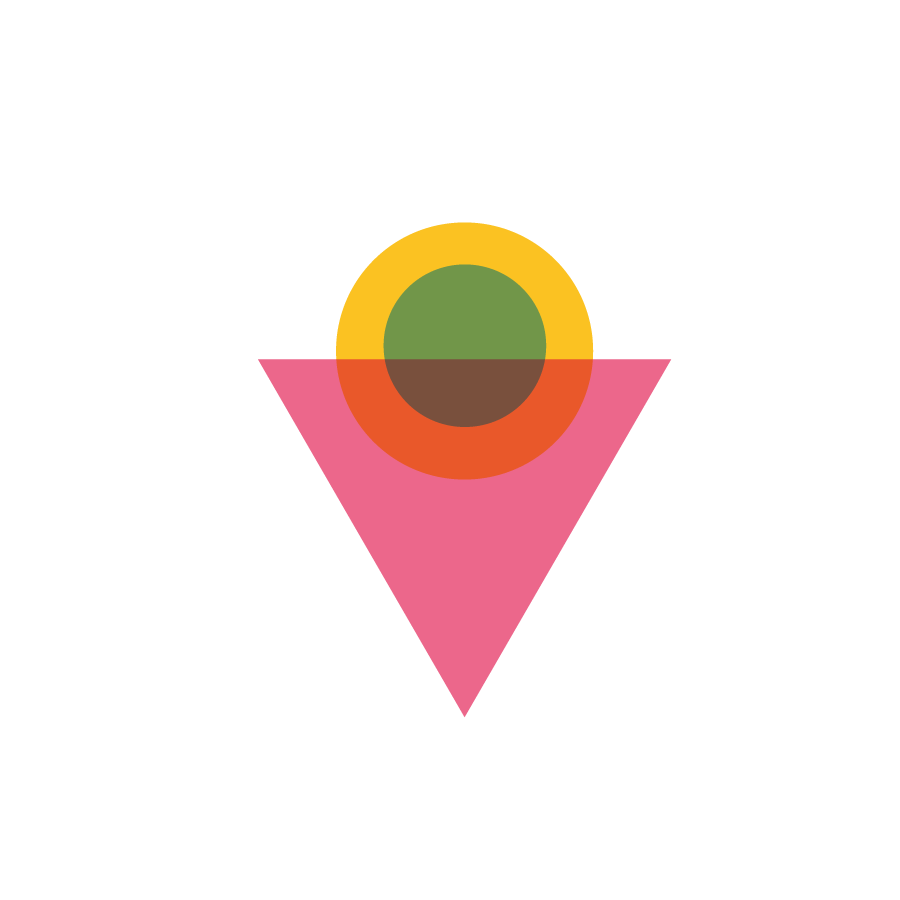
Speculation
Speculation is a creative practice that asks “WHAT IF?” It challenges the constraints of the present in order to offer a critical view or a different way of thinking, living, or relating. “Critical Design” is a phrase coined by Fiona Raby and Anthony Dunne; instead of serving a client’s needs, a designed object or experience offers itself as the focus of analytical engagement—a storytelling object with a critical lens. To make a rigorous work of speculation, use a combination of research, design, and writing. Aim to create projects or products that question the status quo.
//Guiding Questions
- How are current social, environmental, or economic problems illuminated when you speculate about alternatives?
- Who is excluded from current design “solutions,” and why?
- How does research help create a rigorous speculative project? Why can’t you make it all up?
- Speculative Design has gotten a bad rap for being too insider, too ironic, too precious, and not seriously tackling issues or considering a larger audience. What are some qualities of speculation that could be put to good use in order to make change?
- What is the difference between speculation and design thinking?
- Is irony necessary in making a speculative design project?
- No! But humor is often a great invitation to enter a project. Don’t let irony replace meaning (it can be a cheap shot).
- What is a recipe for a strong speculative project?
- Start with a good question, be clear about who you are making this work for and what you would like them to consider in a new light. Engage in systemically-minded research on the subject (i.e. not just the subject but the systems that are touched by the subject). Ask how technologies and materials will bring the project to the intended participants/viewers. Write support materials that can help tell the story of the project’s aims and meanings.
//Resources
/recommended media
/activities
no results.
